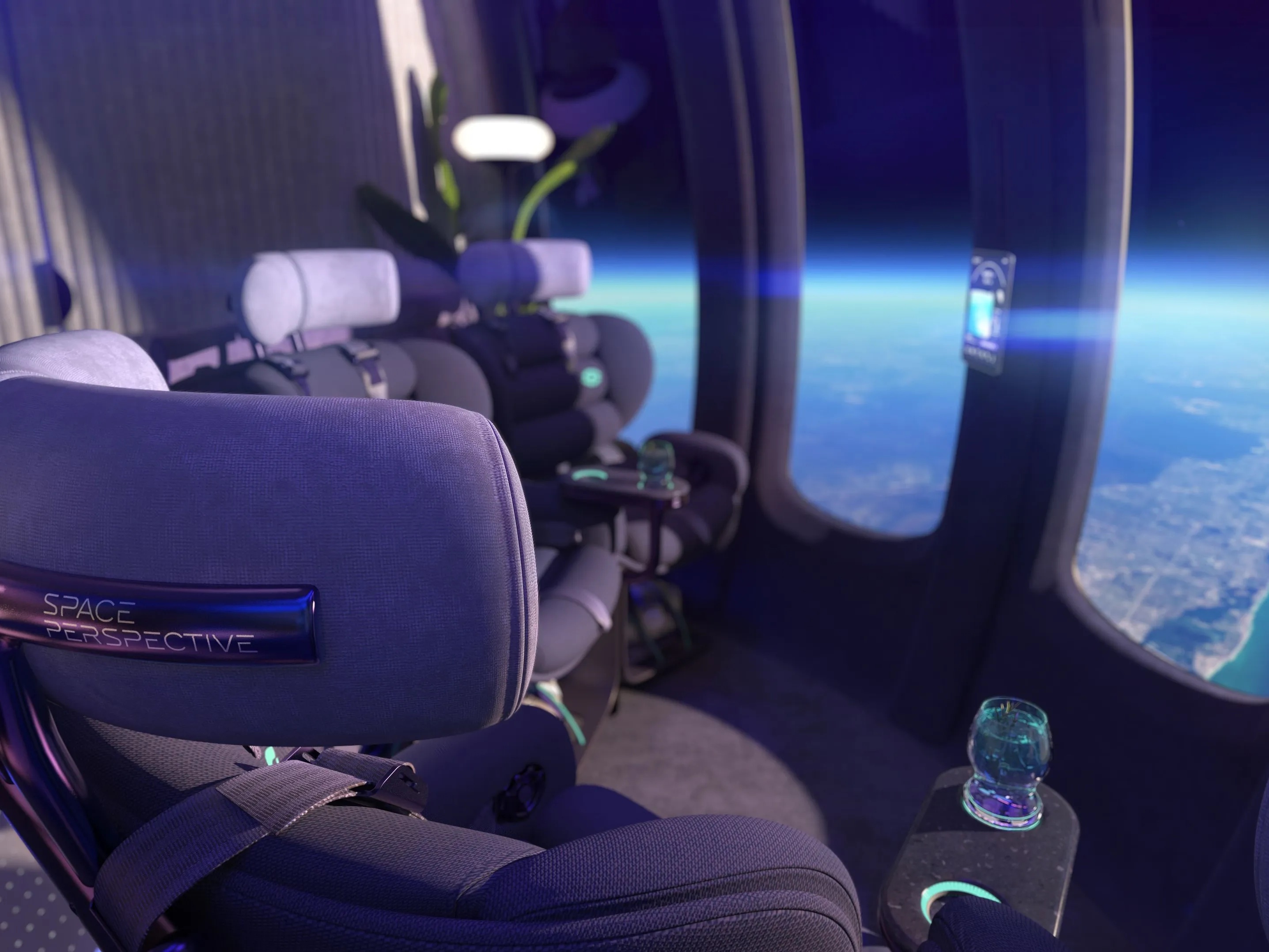22.08.2023
"We lay out the balloon material on these really long tables that are 600 feet long."

Imagine watching dawn break from 100,000 feet above ground level, with the brilliant sun peeking above Earth's blue atmosphere into a deep-black starry sky with "incredible colors playing across the surface of the planet."
That's how Space Perspective founder and co-CEO Jane Poynter envisions the experiences of her company's future space tourists, who are booking $125,000 trips aboard high-altitude balloons with pressurized "space lounge" capsules furnished with cocktail bars, wi-fi and luxurious appointments.
"It's just this incredibly beautiful, contemplative, extraordinary moment of experiencing our planet in a way that, to date, only astronauts have seen," Poynter said.
This sci-fi vision is taking tangible shape in Titusville. Tuesday morning, a host of officials will conduct a ribbon-cutting ceremony at Space Perspective's balloon-manufacturing facility — a 700-foot-long building — at Space Coast Regional Airport. The event starts at 11 a.m.
Poynter labeled the building "the world's only high-volume space balloon manufacturing facility," and she described its size and scale as "a little mind-boggling." At high altitude, the hydrogen-filled polyethylene balloons will expand into a teardrop shape measuring 350 feet in diameter. That's wider than the length of a football field.
"We lay out the balloon material on these really long tables that are 600 feet long," Poynter said of the Titusville manufacturing facility.
Space Perspective was founded in 2019. Poynter said more than 130 employees now work at the Titusville balloon plant and at a Melbourne manufacturing facility, where workers are crafting the exterior structure of the company's Neptune pressurized capsule. Each capsule will house seating for eight passengers and a pilot.
Test flights should begin by year's end out at sea from the deck of Marine Spaceport Voyager, a 294-foot-long vessel undergoing modifications at Conrad Shipyard in Morgan City, Louisiana.

Poynter said company infrastructure is now in place to start commercial operations around the end of 2024. Tickets for future suborbital flights cost $125,000 with a $1,000 refundable deposit — and Poynter said the company has booked about 1,650 reservations thus far.
That sum represents more than $206 million in ticket sales. Poynter predicted Space Perspective will offer 50 to 75 missions during its debut year of passenger operations — "we're going to take it a little slow, of course" — but then the pace will quicken.
Early passenger flights will launch from MS Voyager along the Sunshine State coastline, and the ship will retrieve the Neptune capsules after splashdown. The FAA Office of Commercial Spaceflight will regulate the company's passenger flights.
"Our initial flights will happen around the Florida region. And then we expand. So we're going to start expanding around the globe. We will maintain our manufacturing here," Poynter said.
Future balloon flights from terra firma may occur from Kennedy Space Center and the Titusville airport, she said.

Per the Economic Development Commission of Florida's Space Coast, Space Perspective will invest more than $38 million in construction and equipment in Brevard County, spurring creation of about 240 full-time jobs by the end of 2026 with average salaries of $80,000 plus benefits.
Poynter said Space Perspective uses a computerized algorithm that analyzes weather data at all altitudes, letting employees chart the balloon's course throughout its six-hour flight. She said this algorithm is accurate enough to calculate the capsule's splashdown site within a few hundred meters.
Balloon flights to the stratosphere should rise post-liftoff at a leisurely 12 mph for two hours, glide near the 100,000-foot level for two hours, then descend to the ocean during a two-hour span. By way of reference, 100,000 feet of elevation measures 19 miles above the Earth's surface.
In case of emergency, capsules will be outfitted with four parachutes as a "backup descent system."
Neptune capsules will house an array of windows measuring roughly 5 feet high and 2 feet wide — the largest ever flown in space.
Passengers will not experience weightlessness. Rather, according to a company press release, they will enjoy "a world-class meal and cocktail service, Wi-Fi, and lavatory — all from the comforts of the world's first Space Lounge."
Neptune One, a test vehicle, topped the 108,000-foot mark during a June 2021 un-crewed flight from the Launch and Landing Facility at KSC, splashing down 50 miles off the Florida coastline in the Gulf of Mexico.
The balloons will also carry scientific payloads aloft. The 2021 test flight featured an ozone sensor instrument developed by the University of Northern Florida physics department.

